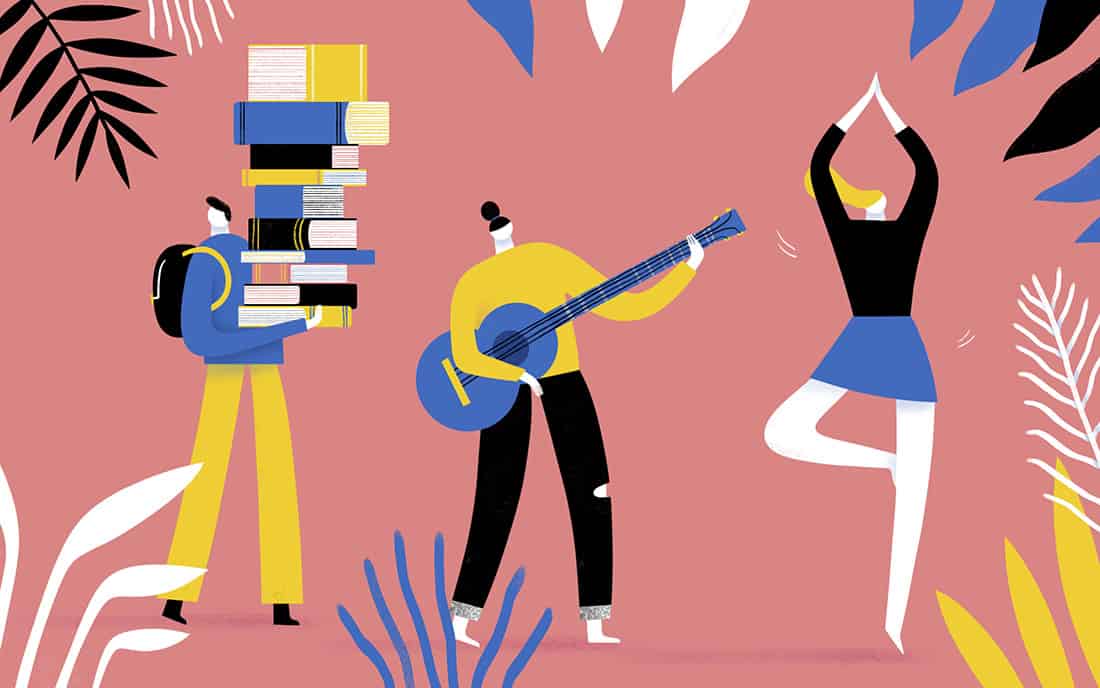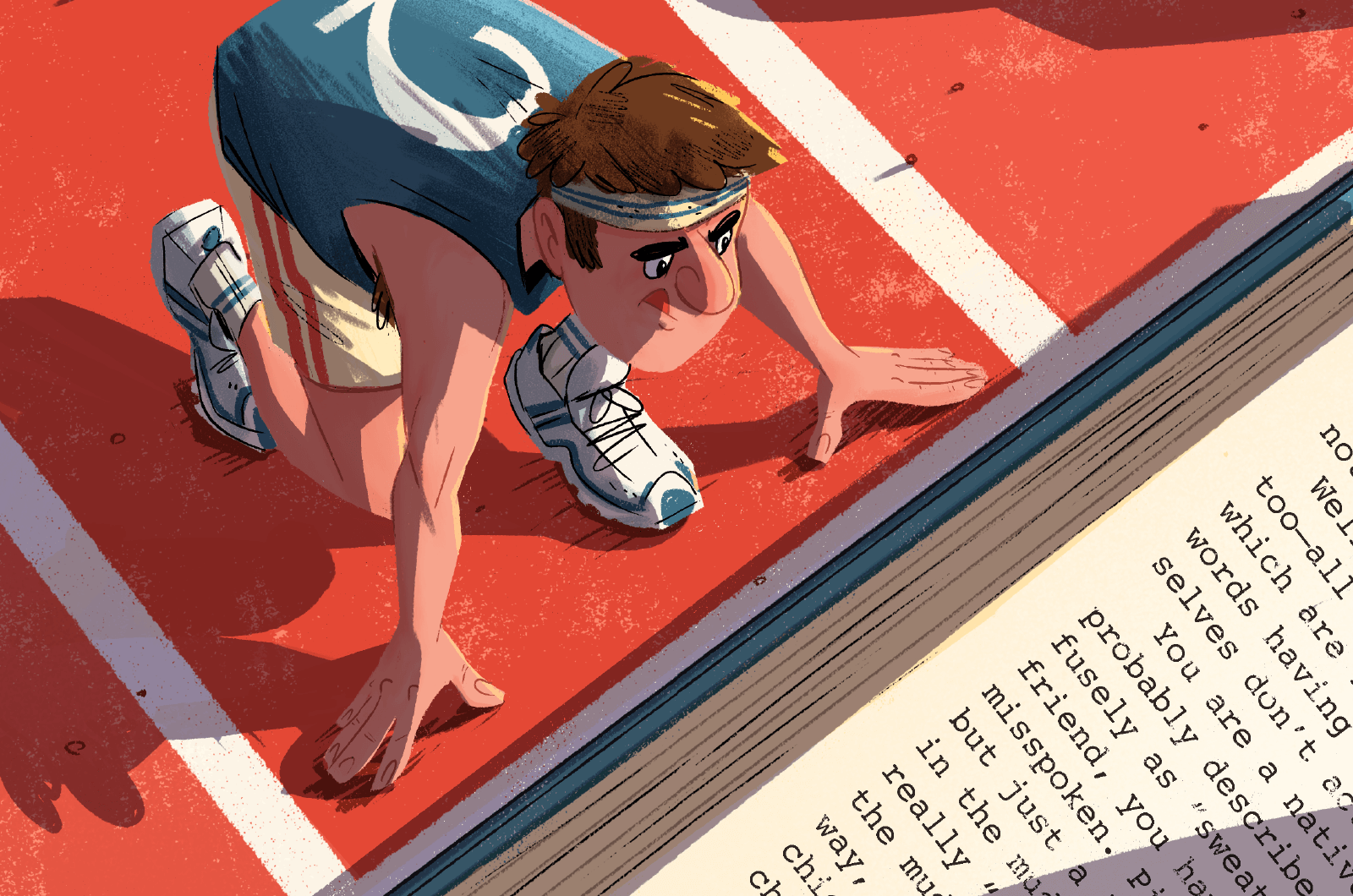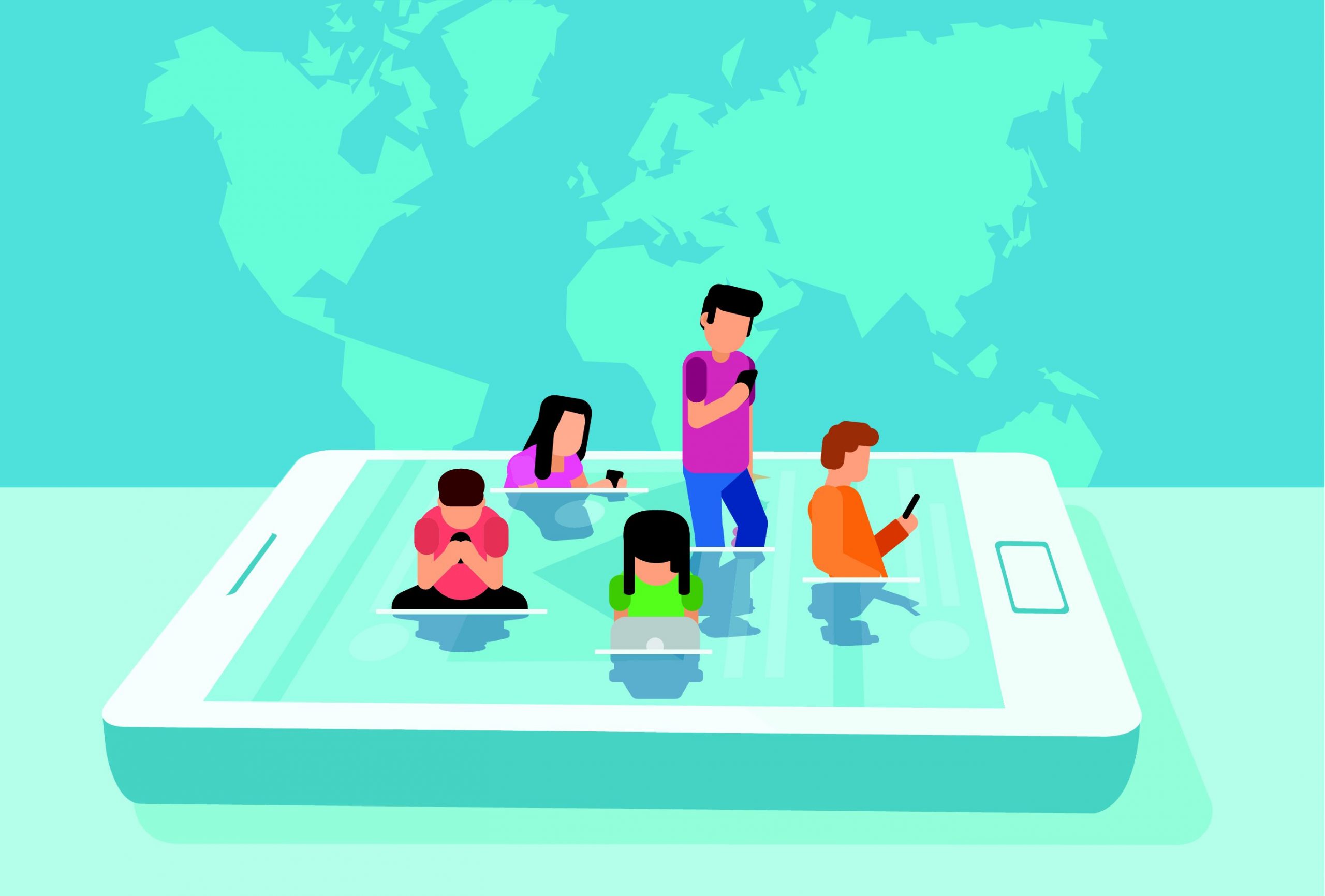Making the Brain Learn: How to Use Neurobiology in Practice
The question “Can the brain be forced to learn?” is not as simple as it seems. Besides, this statement is misleading since it assumes there is a learning organ responsible for the higher nervous activity, and there is a “self” that can force it to do something. Unfortunately, science still finds it difficult to answer who controls whom: consciousness controls the brain or vice versa.
But we already know some things about the brain – for instance, it is impossible to “force” it: the brain does not respond to direct forceful influence. That is why “good” advice like “just sit down and concentrate” works if you don’t have concentration problems (which means you don’t need to force yourself). And it doesn’t work if such difficulties exist because they are part of your brain, and you can’t do anything with this.
But there is good news: knowing such nuances, we can create conditions in which our brain will function as we need it to (or, at least, better than before).
The Brain is Constantly Changing and Learning
The brain is naturally created to be in the learning process all the time. Its ability to transform itself by acquiring specific experiences and retaining these changes is called “neuroplasticity.”
Until recently, the brain was considered a fine-tuned and programmed autonomous mechanism. But, then, scientists discovered evidence proving this organ is not born “ready-made” but actively interacts with the environment during its formation.
First of all, studies of the so-called Mowgli children testified to this: abandoned in the wild, not having heard human speech, they could not master the skills of socially accepted behavior and improve their intellectual abilities to the adult condition, falling behind in development for their entire lives. Soon it became apparent that the child’s brain is malleable; the period of such malleability was called “critical,” as it is no longer possible to fill in the lack of learning at this time in the future.
In the middle of the last century, experiments on mice showed that development in an enriched environment with all sorts of toys and activities makes the hemispheric cortex thicker. In contrast, those rodents that grew up in a dull and poor environment had no such changes.
The neuro picture of the world finally changed when it was proven that the brain, learning, is capable of growing in adults as well. A classic example confirming the validity of this statement is the results obtained in a series of London cab drivers’ studies. Drivers memorized detailed maps of a huge city to pass an exam: the more the subject knew, the larger their hippocampus – the brain component responsible for memory.
Thus, modern science has concluded that the brain can change throughout life; therefore, learning is its natural and permanent state. So you do not need to force anyone, you need to create the conditions under which the brain will learn what you want to know yourself.
It takes several components to make it happen:
- Motivation – to activate the brain’s resources;
- Attention – to focus the brain on a particular subject;
- Memory – to assimilate what you’ve learned;
- Creative freedom – to allow the brain to build new connections.
How to Find Motivation and Enjoy Learning
Motivation is what drives us to take action that helps meet our needs. The brain has that incentive all the time!
Exploratory behavior is an innate human need for survival, like sleep, procreation, and getting food.
If we can’t discover new things around us and explore them, we may not notice the danger or figure out how to protect ourselves from it beforehand. And wherever this evolutionary need exists, there is a desire to satisfy it in most cases. This process, in turn, makes us feel pleasure by activating the dopamine reward system. It is how the brain encourages us to do the essential things for our life span.
Having fun is essential to keep us motivated, and it’s not just the exploration that makes us feel good. The dopamine system encourages us when we learn, and it’s up to us to enable it ourselves in the learning process to create a more sustained connection between the activity and pleasure.
Incentives can be short-term and long-term. The former is effectively used in gamification learning, when the process is divided into stages, with rewards given for the completion of each stage. As a result, we are more willing to get new knowledge and skills, competing in a group for all sorts of points, badges, and other treats.
But even if a person studies alone, a reward for each step passed, which is valuable to them, can significantly speed up the process. For example, for the music enthusiast, a promise to buy a rare record after every 250 new words learned in a foreign language will be a strong motivation.
Don’t use as a short-term incentive anything that disrupts the dopamine system: sweets and junk food, cigarettes, alcohol, and drugs – such tricks might, on the contrary, break your reward mechanisms and even form an addiction.
Long-term incentives are possible because our brain is blind and deaf and doesn’t understand what’s actually happening and what’s not. By assigning ourselves rewards that we will get if we accomplish our tasks, we stimulate the dopamine system, mainly when we use the power of imagination and visualization. Abstract fantasies are less appealing to our brains, but more particular ones, on the other hand, can be perceived as real.
When your learning is embedded in a dream that you nourish with imagination, your brain will be more motivated to learn. Best of all, if the new skill is linked to a desire for evolutionary success:
- A career;
- Finding a great partner;
- Gaining status and fame;
- Moving to a country with a higher living standard;
- Making money for later.
Every time you conjure up this image, your brain produces dopamine, which motivates you to achieve what you want.
How to Control Your Attention and Learn to Concentrate
Attention is the focus of perception on the object of study. It allows us to choose something from the diversity of the external world, concentrate on it, and lose sight of everything else.
Notorious time management is, in fact, the control of attention, not time (over which we have no control). How we distribute attention determines how many minutes and hours we will spend effectively and how many will be wasted.
Neurobiology has not yet answered which process is more critical for directed attention: the brain’s enhanced processing of signals from the object we are concentrating on or the dampening of “noises.” So it is helpful to understand what is what. We can minimize the “noises” by closing unnecessary browser tabs, turning off the smartphone, or finding a more secluded table in a cafe. Concentration can only be improved by practicing this art regularly.
The corporate cult of multitasking leads us to believe that focusing on a dozen messengers and social networks all the time is natural. The implication is that a person can concentrate on several processes simultaneously and equally effectively in each. It’s a myth.
Multitasking doesn’t exist – there is switching when first we focus on one object and ignore (as much as possible) the rest of the surrounding information. Then we focus on another thing, which used to be among the “noises,” and dampens the signals from the first object.
Such switching requires time and resources – the more often and haphazardly this concentration focus changes, the more tired our brains become. Therefore, the longer you work in multitasking mode, the worse the results of your work.
Nowadays, there is talk about situational attention deficit disorder, when healthy people exhibit the same symptoms as those born with ADHD because they are constantly distracted. Such symptoms include an inability to focus and follow-through, increased fatigue, and irritability, eventually leading to depression and a lack of self-confidence. Usually, the acquired attention deficit is corrected by setting priorities and practicing unidirectional concentration. But unfortunately, the latter also takes considerable effort and sometimes tires more than physical activity. However, it is still possible to train this skill, not only with the help of meditation but also by doing special exercises regularly.
The best option is to find your fatigue threshold during unidirectional concentration and make it a temporary unit of work. By the way, this principle is the basis of the well-known “Pomodoro” technique.
How to Memorize Information And Then Find It In The Memory
Knowledge in the brain is not stored in a particular place, like jewels in a box. Moreover, when it gets into our heads, it loses its integrity. It is scattered bit by bit in associative zones, existing in a disassembled state in the form of neural pathways.
Information about the subjects you study simultaneously is stored as connections. When you remember one of them, you immediately extract information about the other from your memory.
This feature of our brain is the basis of all mnemonic techniques – for instance, an unconnected sequence of words is much more difficult to remember than a sequence of words combined into a story. Systematizing data in the form of diagrams and tables works on the same principle: the information is graphically duplicated, and the arrangement of geometric objects allows you to connect visual associations to remember relations between abstract concepts.
Connecting neurons is the essential phase of remembering, so the best way to keep something in your head is to “connect” it with another fact you know well and use it often. Such information is more likely to stay in your memory rather than facts unrelated to anything. It is another characteristic of neuroplasticity: what is not used by the brain disappears from it along with the neural pathways.
Therefore, the top-notch skill in self-learning is to incorporate new information into your routine and link it to your profession or everyday life. This way, your brain has no opportunity to “throw away” everything you’ve learned when it is useless.
Forgetting can be an essential part of remembering. On a physiological level, the strongest neural connections are the ones that are used regularly and intermittently when you have time to “forget” a little of what you have learned. However, information even about a thoroughly learned subject can be lost in the transition from short-term to long-term memory if it is not recalled from time to time.
Conclusion
People learn better by doing things regularly and gradually, no matter how hopelessly boring it may sound. The brain is also very fond of patterns, which is why silly rhymes and primitive songs are so well remembered.
How to Achieve a Creative Approach to Tasks
To synthesize interesting discoveries and original ideas from the acquired knowledge, we need to give ourselves a break from consuming information. The prefrontal cortex, or the executive brain system, works when we concentrate. It is the rational and consistent, but somewhat nerdy, part of it that helps us do what’s right. To boost our creativity, the prefrontal cortex has to interact with what’s called the brain’s passive-mode system. The same state where we wander our gaze, doze off, mindlessly twirl something in our hands, or stare at one point and gape. As usual, it’s all about balance: creative insights are possible when the brain switches to passive mode after a good load of the executive system. Short afternoon naps, hikes, and meditation – but always after intense work – are the key to triggering this passive mode.
For premium readers







